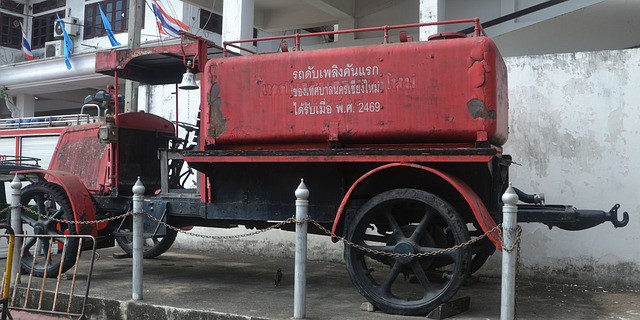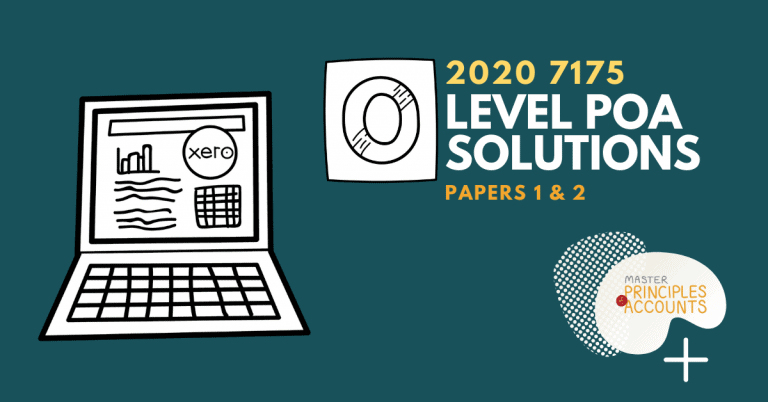Capital and Revenue Expenditure
Key Takeways:
• define capital and revenue expenditure
• distinguish between capital and revenue expenditure
• classify accounting transactions as capital and revenue expenditure
• analyse the effects of differences in classification and treatments of capital and revenue expenditure on profit/loss for the period and non-current assets
Source: 7087_y22_sy Principles of Accounts O-Level for 2022 (seab.gov.sg)
Definition and differences between capital and revenue expenditure
A business owner has many other items of expenditure for his business. These items can be classified into two categories:
| Capital Expenditure | Revenue Expenditure |
| Definition: Spending to purchase or improve non- current assets | Definition: Spending to operate or maintain the non-current assets (ongoing operating expenses) |
| Expenses to put non-current assets to usable condition | Costs to repair and maintain the non-current assets in working condition. |
| Benefits last more than one accounting period (1 year) Increase the operating efficiency or capacity during their useful life. | Contributes to profit–earning and lasts less than one accounting period (1 year) Provides a temporary influence on the profit–making activity. |
| Shown as Non–Current Assets Appears in the Statement of financial position | Recorded as Expenses (Income summary) Appears in the Statement of financial performance |
| Examples of capital expenditure: freight (delivery) charges, import taxes, legal expenses and installation costs | Examples of revenue expenditures: Petrol, maintenance expense, insurance expense, car parking, machine oil, renewal expenses |
| Journal/Accounting Entry Dr Motor vehicle Cr Cash at bank / other payable | Journal/ Accounting Entry Dr Motor vehicle expenses Cr Cash at bank |
Distinction between Revenue and Capital Expenditure
Not every expenditure item is easily classified.
The Materiality concept states that expenditures should be treated as expenses if the value of the item is insignificant (immaterial). For example, although a stapler can last for more than a year, its value is insignificant and thus has little effect on decision making.
Therefore, instead of recording it as an asset, the accounting treatment is to record it as “stationery expense” in the statement of financial performance.
EFFECTS OF WRONG CLASSIFICATION OF EXPENDITURE
Mis-classifying the category of capital or revenue expenses has consequences:
| Profit | Assets | Equity | |
| If capital expenditure wrongly allocated to revenue expenditure | Understated | Understated | Understated |
| If revenue expenditure wrongly allocated to capital expenditure | Overstated | Overstated | Overstated |
TIP! Rather than thinking capital or revenue expenditure, think in examples. If a question asks, what is the effect of classifying capital expenditure as revenue expenditure – ask yourself instead:
“What happens if I classify petrol as motor vehicle”
EXAMPLE:
On 1 July 2020, Chi Huo Guo incurred the following expenditure in relation to his new delivery van.
REQUIRED
1) Place a tick (✓) in the appropriate column to show whether each item should be treated as revenue or capital expenditure. Explain your answer.
| Item | Revenue Expenditure | Capital Expenditure | Reason | |
| i) | Purchase of delivery van $40,000 | |||
| ii) | COE incurred from the purchase of delivery van $35,000 | |||
| iii) | Replacement of light bulbs $40 | |||
| iv) | Refitting vehicle with shelves to increase storage capacity $5,000 | |||
| v) | Maintenance and repairs $1,000 | |||
| vi) | Vehicle Insurance $1,500 |
2) Calculate the total cost of the van. Show your workingsSOLUTION
| Item | Revenue Expenditure | Capital Expenditure | Reason | |
| i) | Purchase of delivery van $40,000 | ✔ | Spending to purchase or improve non- current assets | |
| ii) | COE incurred from the purchase of delivery van $35,000 | ✔ | Expenses to put assets to usable condition | |
| iii) | Replacement of light bulbs $40 | ✔ | Too immaterial to be recorded as capital expenditure | |
| iv) | Refitting vehicle with shelves to increase storage capacity $5,000 | ✔ | Increase the operating efficiency or capacity during their useful life | |
| v) | Maintenance and repairs $1,000 | ✔ | Spending to operate or run the non-current assets | |
| vi) | Vehicle Insurance $1,500 | ✔ | Recurring yearly expenses to operate the non-current asset |
2) Cost of motor vehicle = $40,000 + $35,000 + $5,000 = $80,000 (all the capital expenditures)





